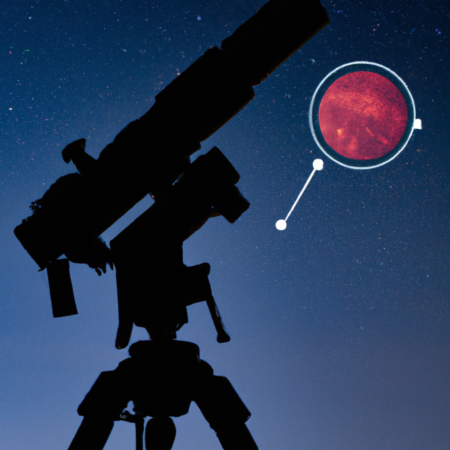Exploring the Cosmos: Breakthroughs in Space Exploration in 2025
As we venture further into the second quarter of 2025, the landscape of space exploration is witnessing unparalleled advancements. This year has marked significant milestones in our quest to understand the cosmos, driven by innovative technologies and international collaborations.
One of the most exciting developments has been the launch of the Artemis V mission, which aims to establish a sustainable human presence on the Moon. This mission not only paves the way for future Mars expeditions but also highlights the critical role of lunar resources in our interplanetary ambitions.
In addition to manned missions, robotic explorers are revolutionizing our approach to discovering alien worlds. The deployment of the Europa Clipper has been a game-changer in our search for life beyond Earth. Orbiting Jupiter’s icy moon Europa, this probe is designed to penetrate its frozen crust and explore the subterranean ocean, a potential habitat for extraterrestrial life.
Back on Earth, advancements in telescope technology are expanding our view of the universe. The newly operational Vera C. Rubin Observatory is conducting the Legacy Survey of Space and Time (LSST), providing unprecedented data on cosmic phenomena and helping to unravel the mysteries of dark matter and dark energy.
Furthermore, the growing involvement of private sector companies in space travel is democratizing access to space. Companies like SpaceX and Blue Origin are not only enhancing cargo transport to the International Space Station but are also developing platforms for space tourism, a testament to the evolving landscape of commercial spaceflight.
As we continue to explore the vast expanse of space, these initiatives are not just scientific endeavors but also a means to inspire generations and foster a global community united in the pursuit of knowledge.






